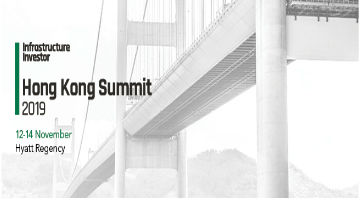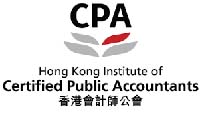Hong Kong may have been in the midst of some turmoil and other conferences may have fled but II’s back-to-back conferences – on renewable energy, the main conference and on infrastructure debt – went ahead on 12 – 14 November.
Andrew joined MIGA’s Jae Hyung Kwon and HSBC’s Stewart James with Infrastructure Investor’s Eduard Fernandez moderating on the role of banks in developing Asia’s infrastructure and the future cooperation with private capital.
Whether multilateral, bilateral, local or international, it is banks which make projects happen by taking development, construction and early stage revenue risk. Asian deals may be smaller and take longer to close but tend to then be safer than in developed markets. Many GP / LPs wait until projects have been substantially derisked but sponsors in Asia are more likely to be happy to hold for the long term. As elsewhere, there is much dry powder, i.e. funds allocated to the sector(s) but still to be invested.
Andrew’s advice continues to be:
- Put people on the ground so as to understand how countries across Asia vary in terms of size, government appetite for foreign direct investment, government competence, rule of law, strength of local partners, culture and more;
- Stay ahead of the herd by being prepared to take some construction risk (after all, banks have done so for years);
- Even take limited development risk by building partnerships with reliable, robust partners;
- Accept that in Asia, mega – deals such as GIP’s $5 billion purchase of the Equis renewables portfolio or PLN raising $2 billion from 13 and 20 year s144A bonds with no government support other than via the Public Service Obligation (both in 2017) come along only occasionally.
… as the Canadians in particular are doing.







